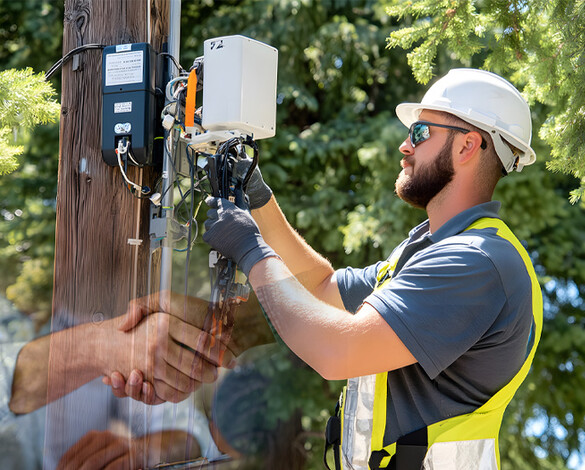On this page...
Back to top
Utility Accommodation
Utility accommodation is the process that occurs when utilities are placed within the highway rights-of-way. For an accommodation to be granted, the utility owner must apply and have a permit issued to them granting permission to place the utility within the highway rights-of-way.

Utilities Within the Highway Rights of Way
As per the Iowa Code section 306.46, utility facilities may be placed within public road rights-of-way. For an accommodation to be granted, the utility owner must apply and have a permit issued to them granting permission to place the utility within the highway rights-of-way. Approval of an accommodation is dependent upon sufficient room within the rights-of-way for the additional utility facilities.
The placement, adjustment and maintenance of utility facilities in, on, above or below the primary highway rights-of-way is detailed within the Iowa Administrative Rules 761-Chapter 115 Utility Accommodation.
Back to topPolicy
Because the citizens of Iowa have come to expect the road system to act as not only a transportation corridor for passengers and freight, but also services, utilities are allowed on the highway rights-of-way. As mentioned on our accommodate page, utility companies may place their facilities within public road rights-of-way, but they must request to do so through our permitting process.
By placing utilities in the highway rights-of-way the utility providers can avoid the purchase of costly utility easements. This savings translates into lower rates to their customers who are also the taxpayers who pay for the highway rights-of-way to begin with. It is simply the most prudent use of the taxpayer’s investment.
Back to topUtility Policy Guidebook
The Utility Policy Guidebook contains the current administrative rules governing utility accommodation in the primary highway system rights-of-way, some illustrative examples of those rules, and additional information/requirements including clear zones, depths, heights, and allowed locations.
Back to top